New compost should stimulate a wealth of flowers in summer
One of my favourite plants are agapanthus, those noble South African natives that thrive so well in our climate. With their glossy, strappy leaves and clusters of blue or white flowers held on strong stems, followed by interesting seedpods that look fabulous frosted in winter, they are a delight to grow.
They like a sunny, sheltered spot with rich, well-drained soil and because their stems are so robust, they make excellent plants for cutting. We have some in our borders and a few in patio containers. They usually all give a tremendous summer display but last year the potted ones only produced one flower between them.
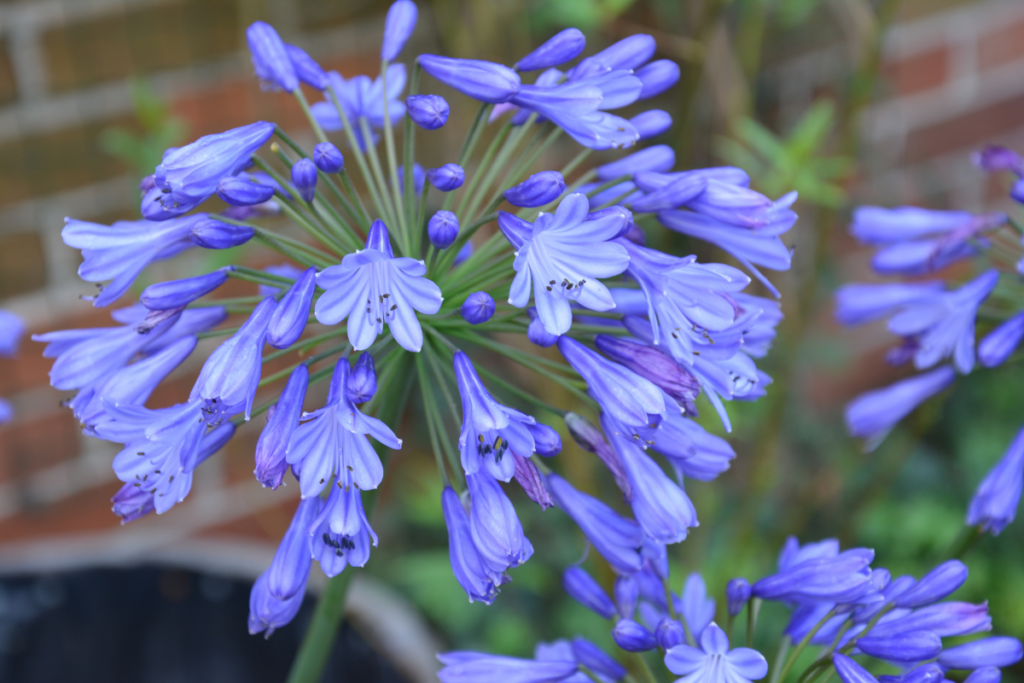
I topdress them each spring with fresh compost and fertiliser but this year it was obvious that they either needed dividing or repotting in fresh compost. Because the plants were easy to remove from their pots it was clear their roots were not too congested, so repotting them would be the best thing to do for now.
Agapanthus like their roots to be snug, so I simply replanted them in the same pots using peat-free Dalefoot potting compost with some added Growmore for an extra boost.
Hopefully this will be enough to return them to glory, and in two or three years’ time I’ll divide them.
Agapanthus are easy to divide – simply lift them and break apart the rootballs with a spade or two garden forks held back-to-back and wiggled apart. Make sure each new piece has healthy roots and topgrowth, and replant them at the same depth as they were growing previously, watering them well and mulching the soil with well-rotted compost or manure.,
How to re-pot
Fresh compost will give a boost
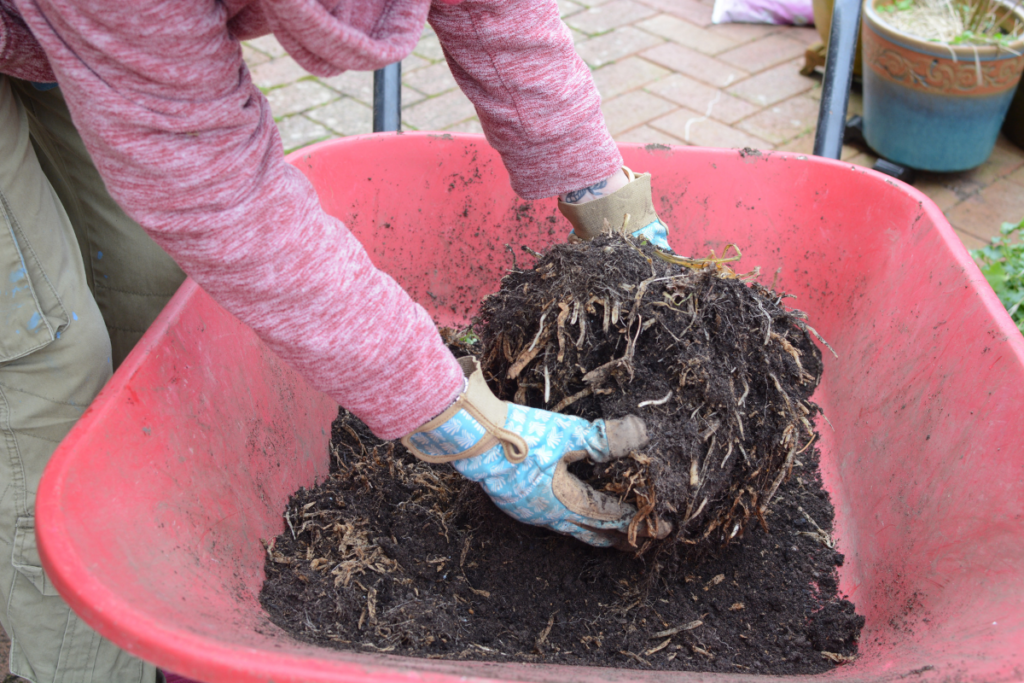
1. Take the rootball from its pot and carefully remove some of the old compost.
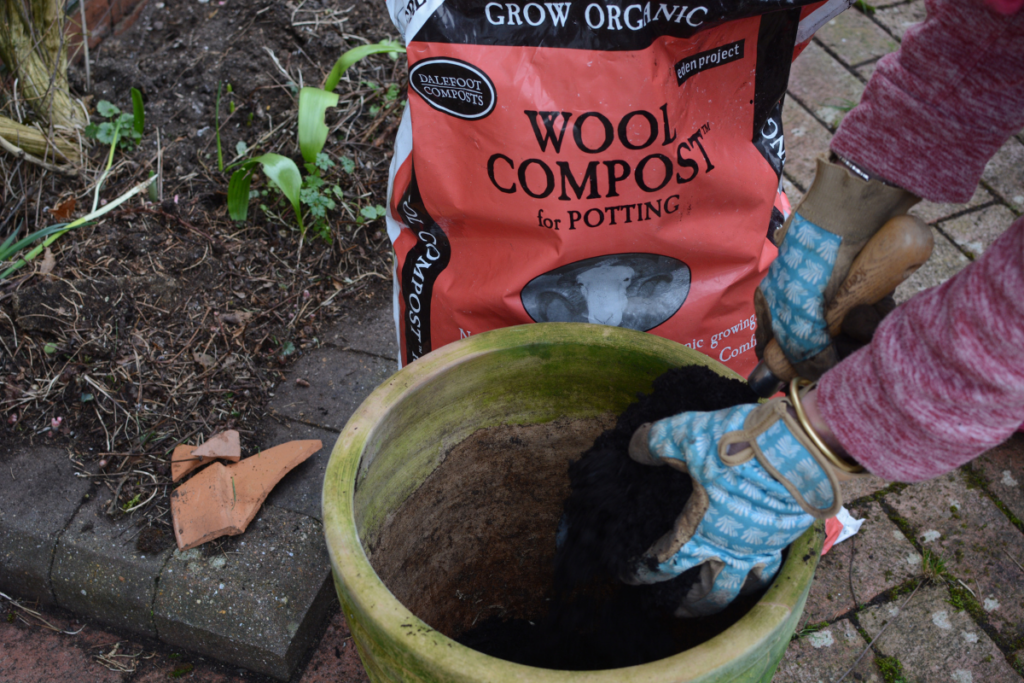
2. Add crocks at the base of the pot, then fresh compost until the rootball can sit on it and be just below the lip on the container.
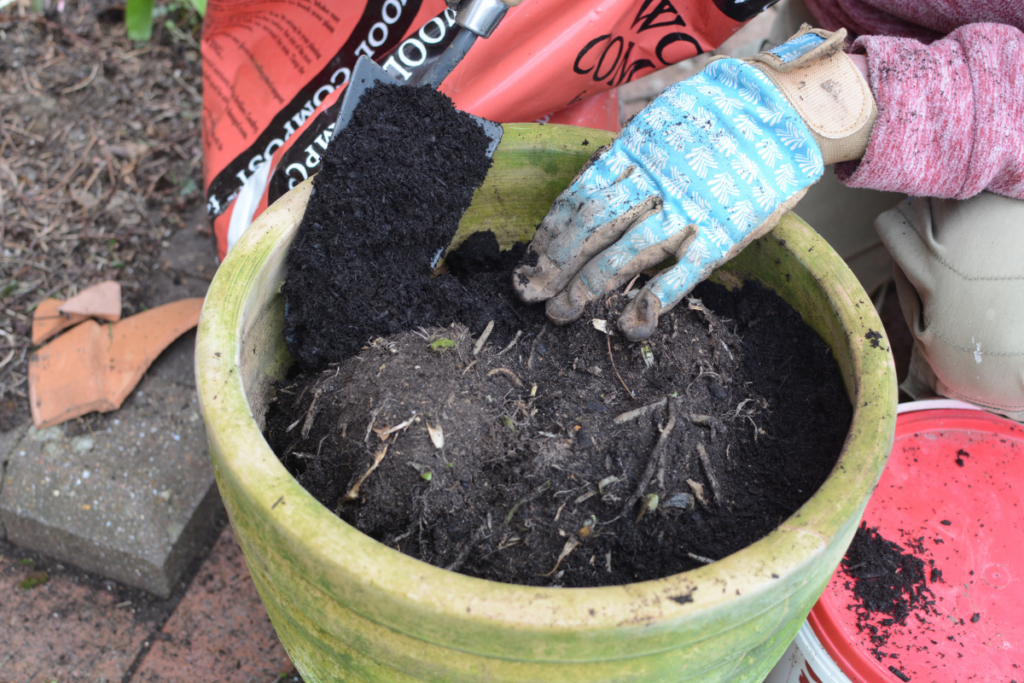
3. Nestle the rootball onto the compost and infill around it, firming down the compost to remove air pockets.

4. Finally, water the pot well and raise it up on feet so excess liquid can escape.
Keeping rootballs healthy
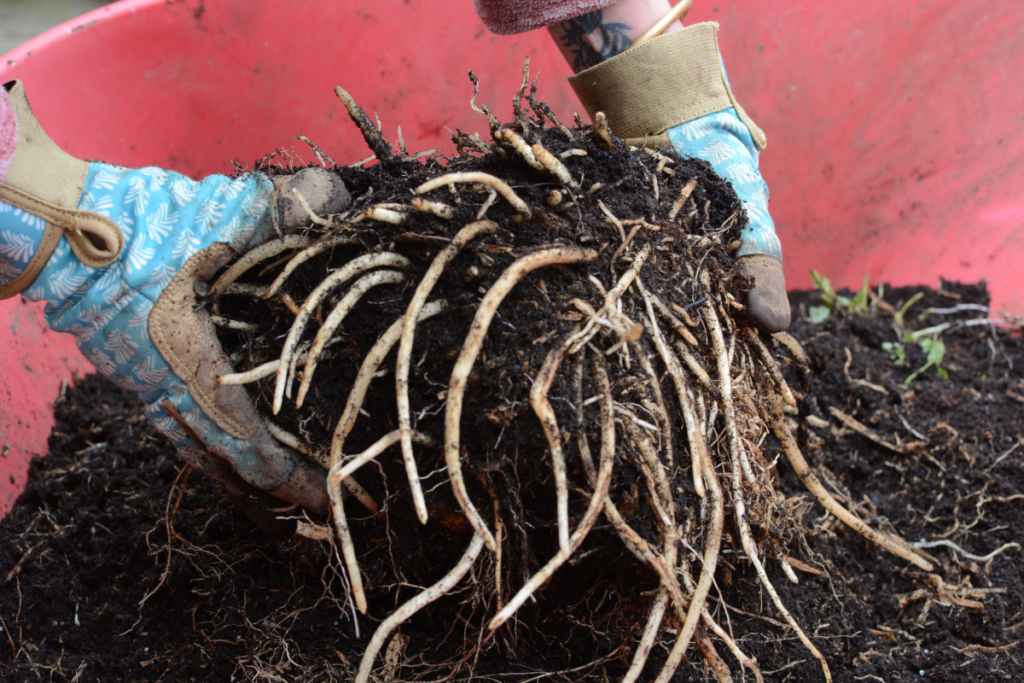
1. Look for and deal with creamy vine weevils that eat roots and kill plants. These roots look healthy, but it pays to check.
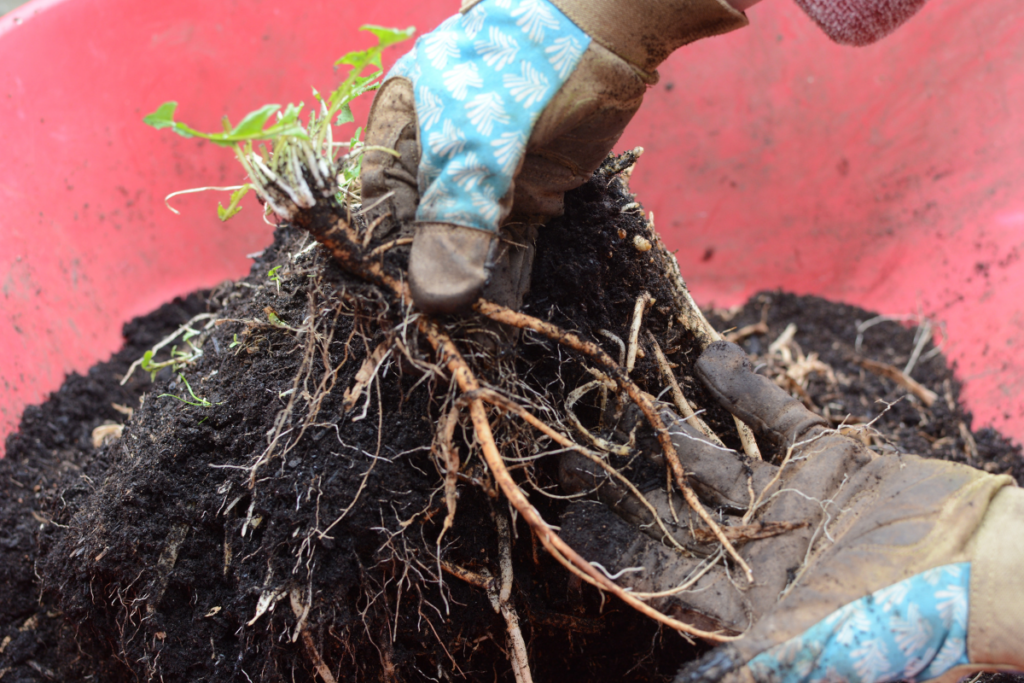
2. Remove any weeds that are growing among the roots. The roots of this dandelion had gone right through the pot so I’m glad I caught it.
Find more tips, advice and articles like this at the Amateur Gardening website. Subscribe to Amateur Gardening magazine now.





